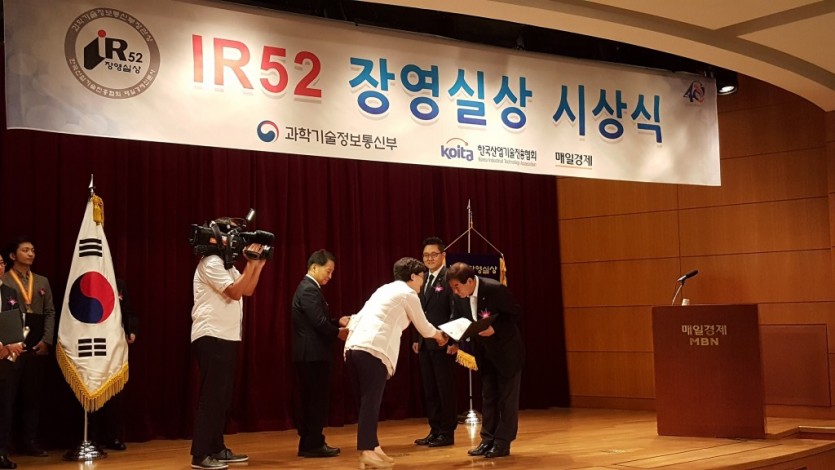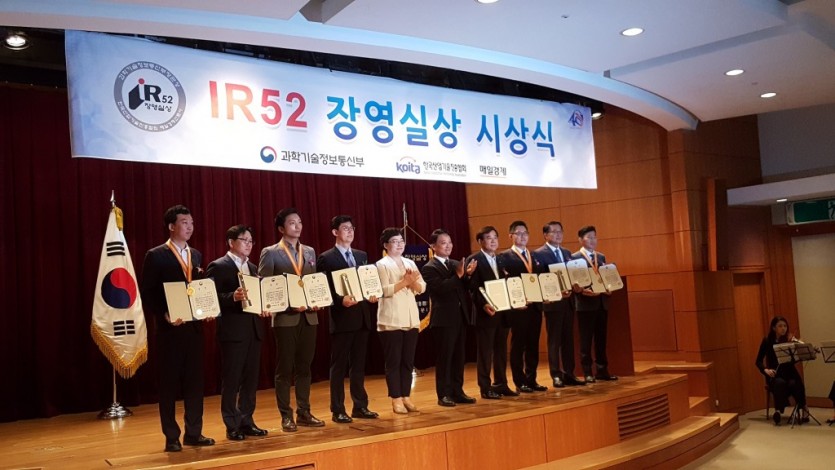Company News
Prize news Receiving the IR52 Jang Young-Shil Award
Date 19-07-01 21:03
Views 5,532


The ‘non-coated composite material for interior parts’ developed by a joint research team composed of GS Caltex, Hyundai Motor and Seoyon E-hwa, won the 27th-week IR52 Jang Young-Shil Award of 2019. As a door-trim (car door interior material) material that takes user sensitivity and eco-friendliness into account, it not only has mechanical hardness and shock resistance, but also has a smooth sense of touch with low gloss and without much odor. Since the material can be produced economically through a simple process, it is expected to be applied to various models – from luxury cars as well as low-priced vehicles - to increase satisfaction of customers.
Previously, in order to make the trim parts of automobile trims more luxurious, they were painted on top of plastic materials or leather was attached. Through the injection molding method, in which hard plastic materials are melted into a metal frame and cooled down, the basic form is created and the surface treated again. However, this method was costly and produced a lot of volatile organic compounds (VOCs) during the process, resulting in disadvantages of reducing the air quality of the vehicle and creating a unique smell. To solve this problem, the research team applied the composite material manufacturing technology of making high-strength glass long fiber (which is made by heating a glass rod and then winding it to a rotary drum to make as fiber) and the technology of mixing soft-touch olefin rubber to create a door-trim composite that does not require a separate coating. Lee Han-ki, a senior researcher at Hyundai Motor said, "We only need to go through a simple injection molding method. While enhancing the competitiveness of domestic auto parts, we expect that it will also help to improve the health of people riding the vehicles since it does not generate VOCs."
The research team optimized the type and content of rubber to improve the smooth touch of the surface. The reduced mechanical hardness from mixing rubber was complemented by glass long fiber. The rubber components, in particular, were adjusted to the surface as much as possible and the glass-lined fiber components were located inside as much as possible, so that the occupants of the vehicle can only feel the softness of rubber-like touch. The results of applying the unpainted composite material for internal parts developed by the research team to the interior of the vehicle showed that the appearance and touch are similar to the existing high-end interior materials. In addition, it was confirmed that the smell, which was considered as a disadvantage of existing products, was hardly noticeable and the amount of VOCs has decreased significantly. Notably the amount of added glass-lined fiber was lower than that of foreign products, but the mechanical hardness was found to be equivalent.

